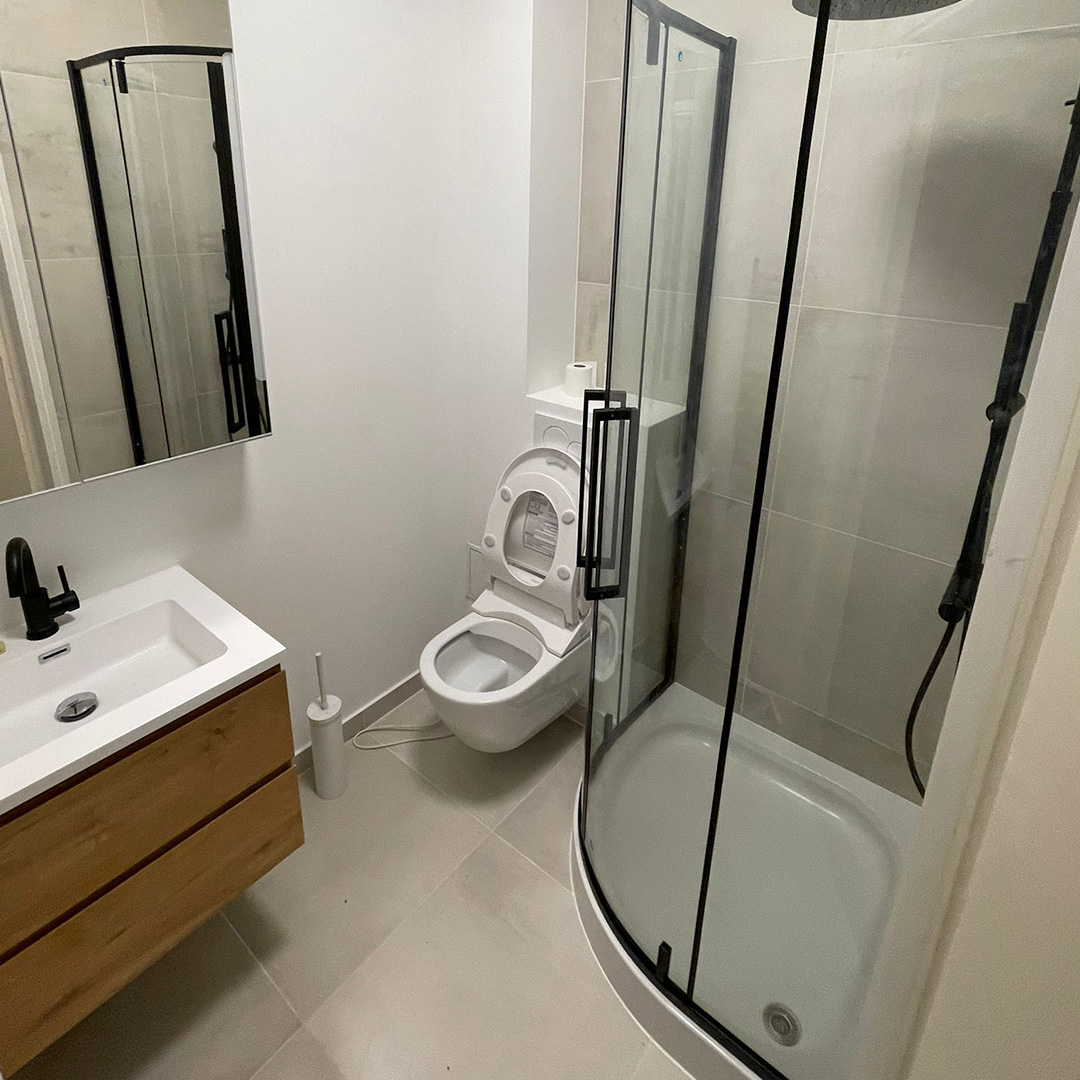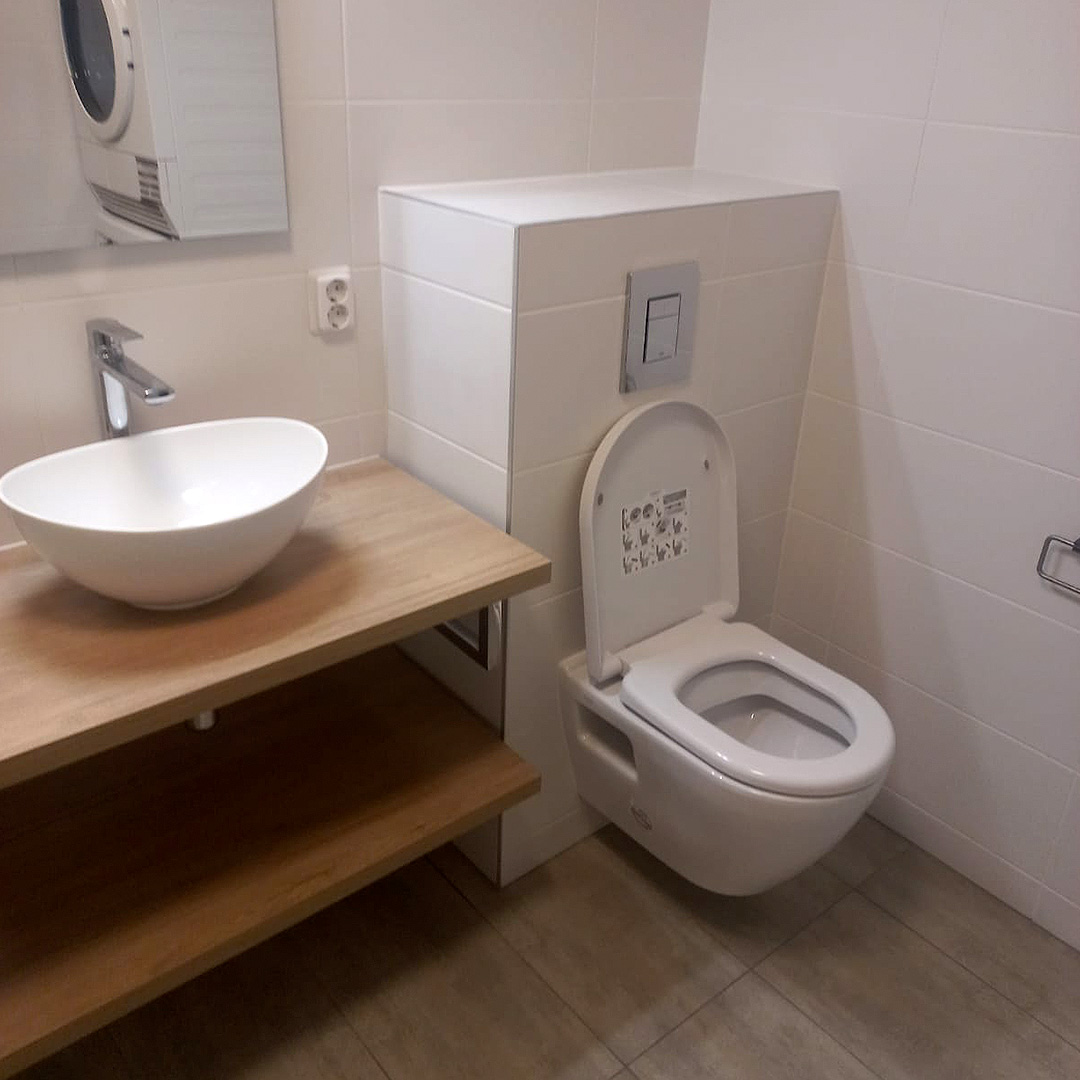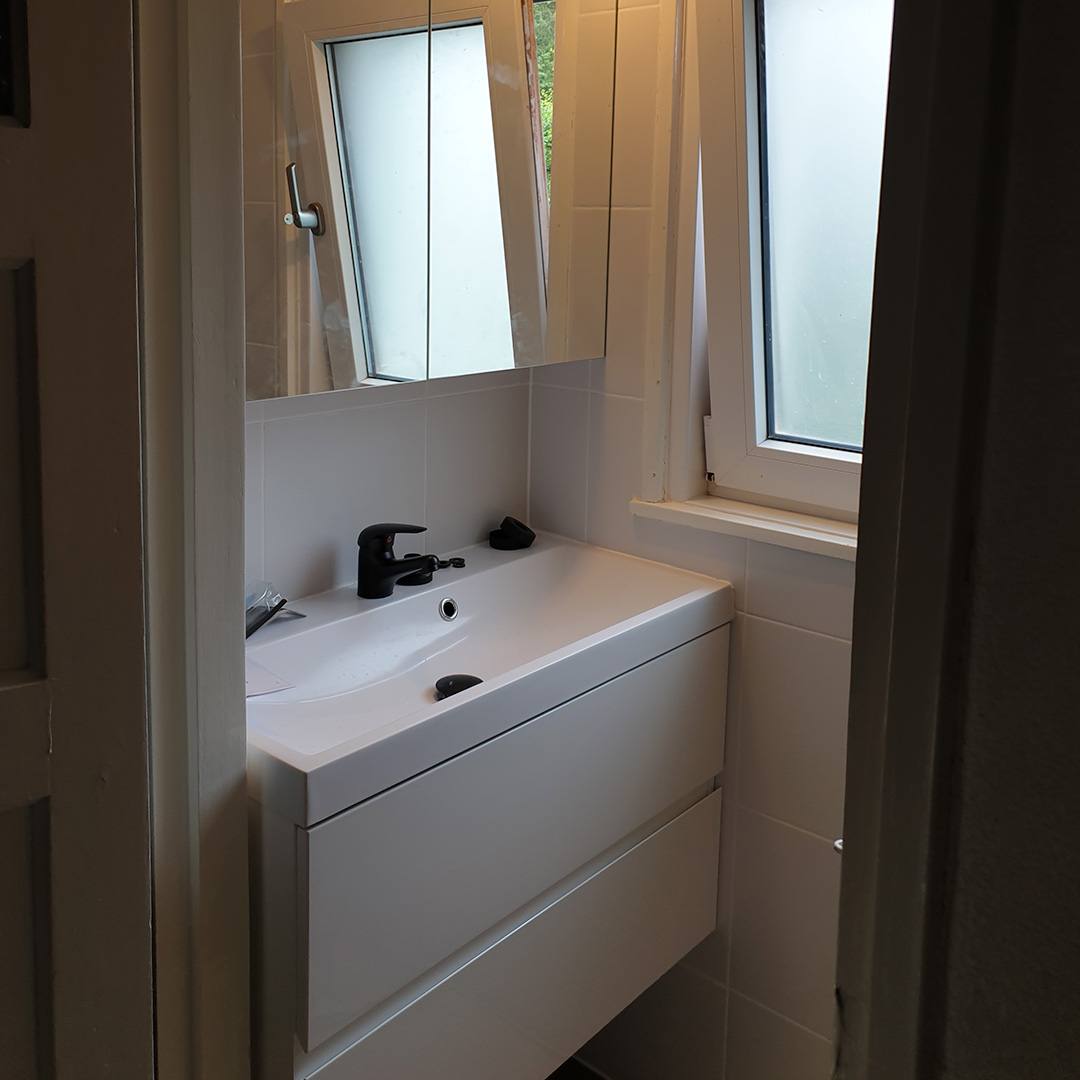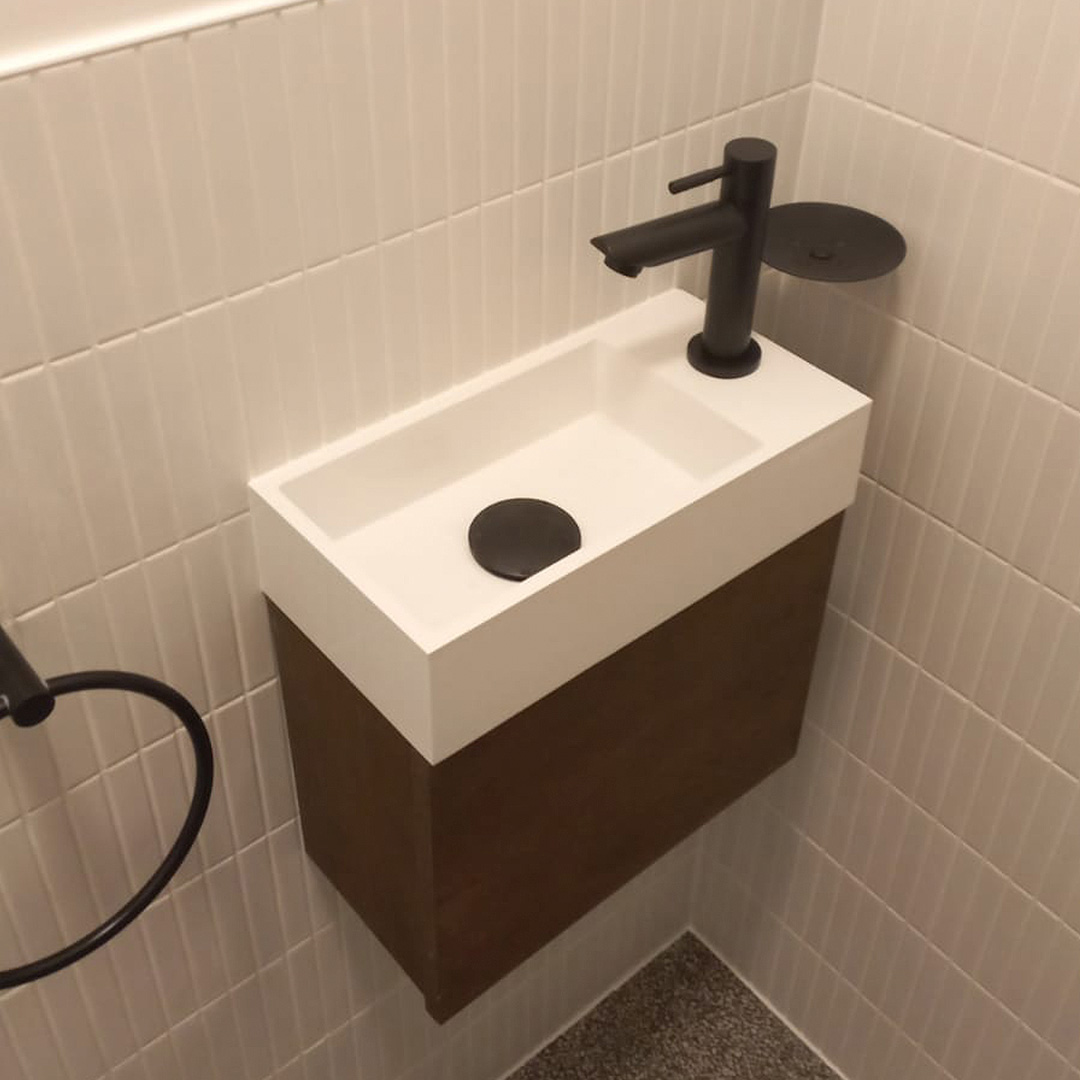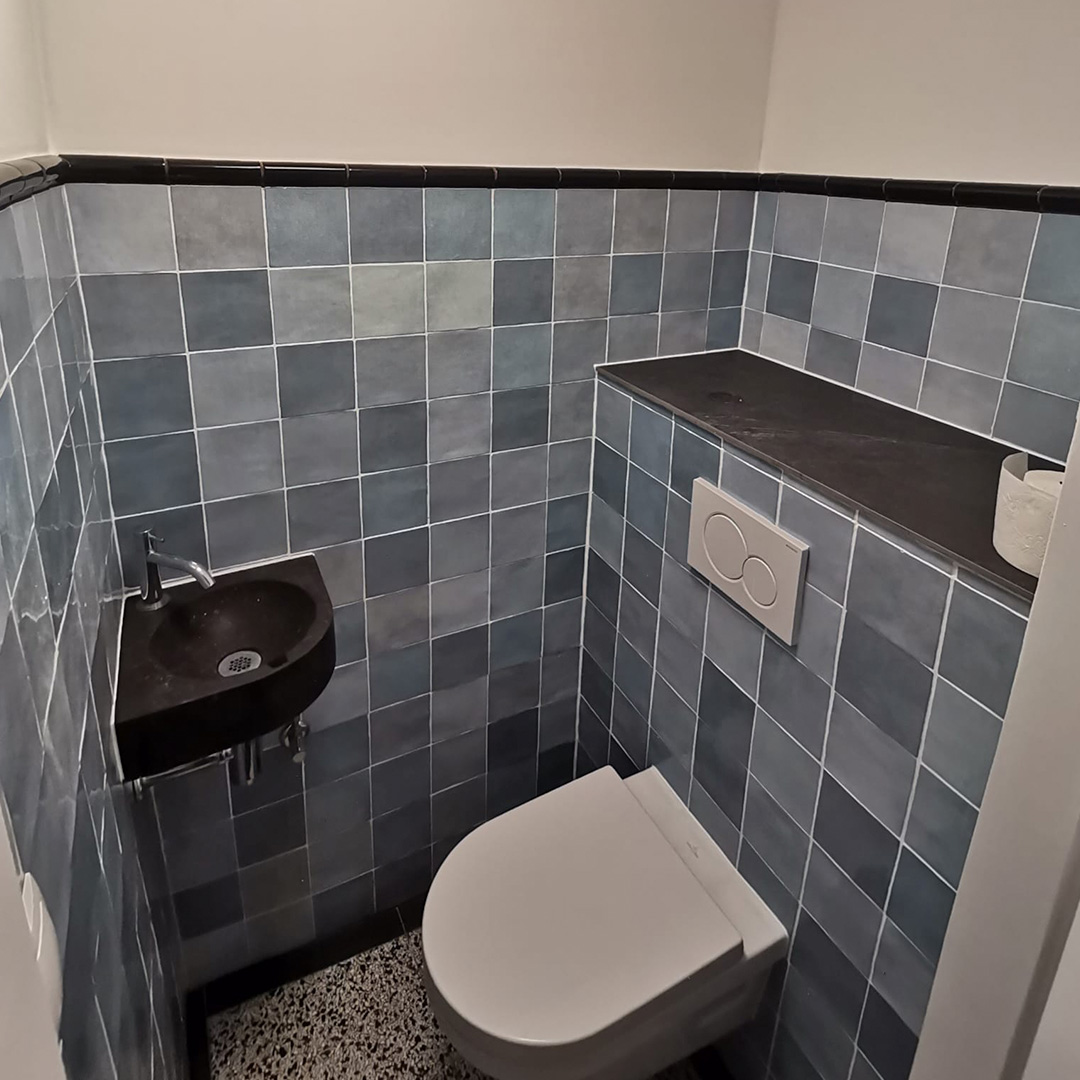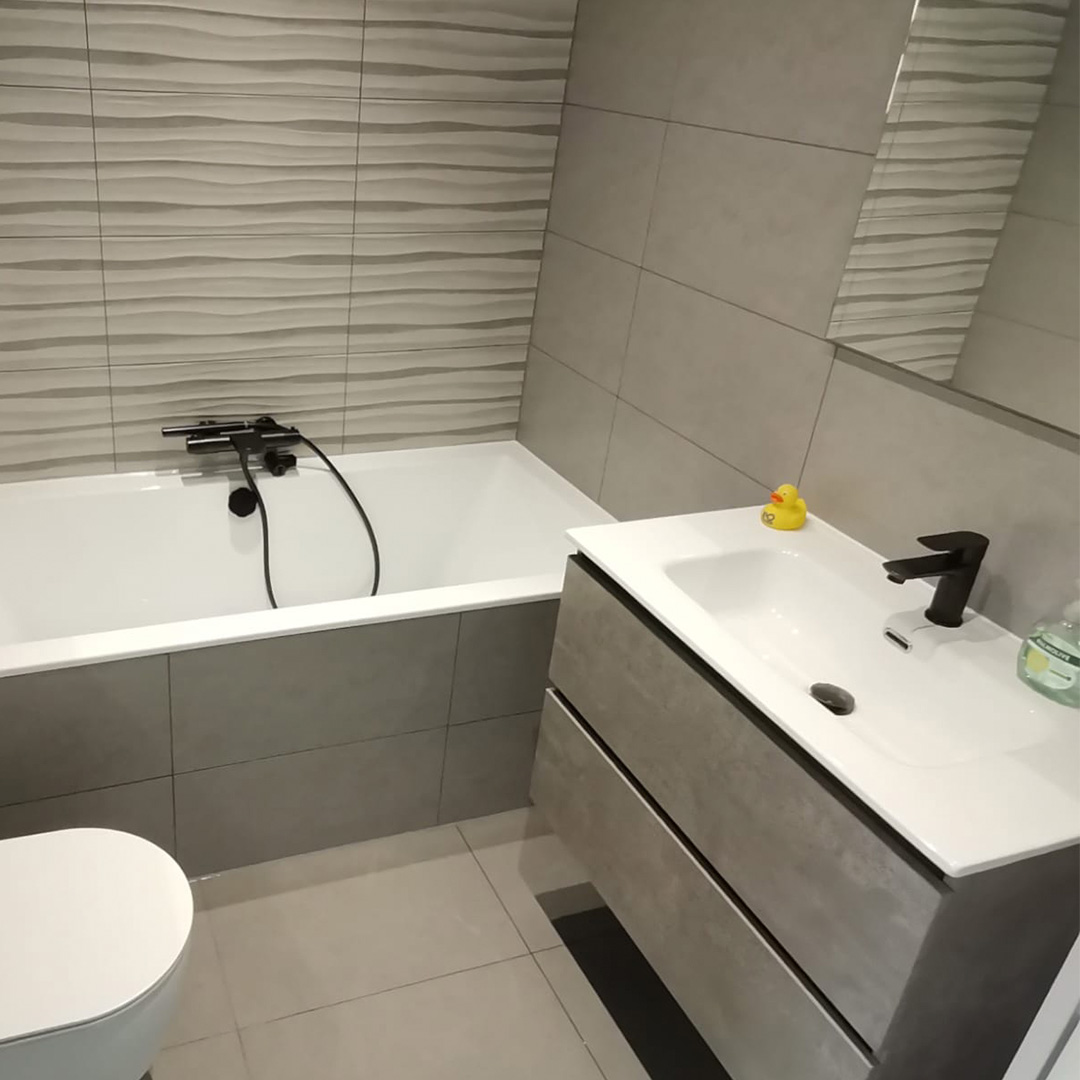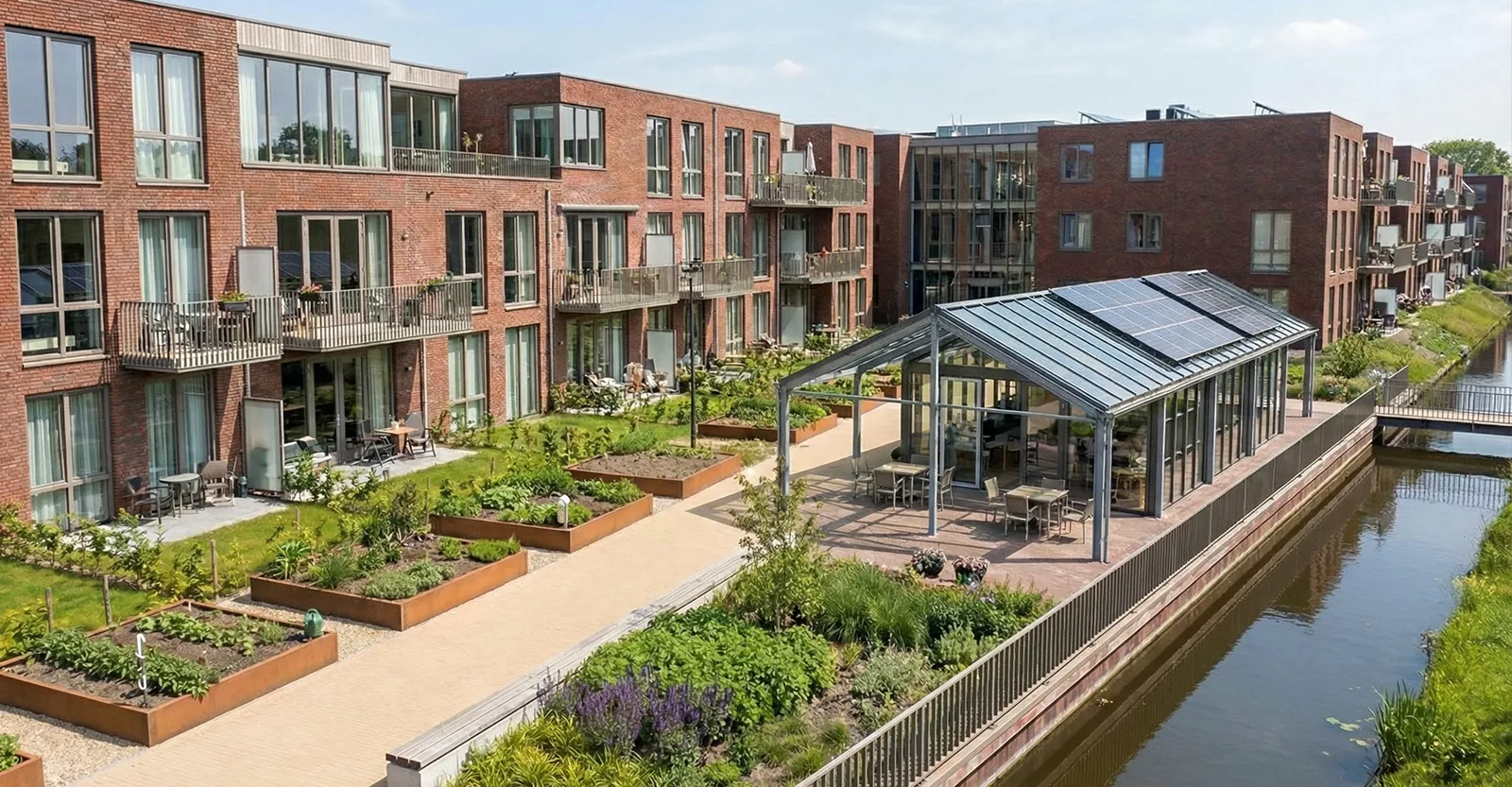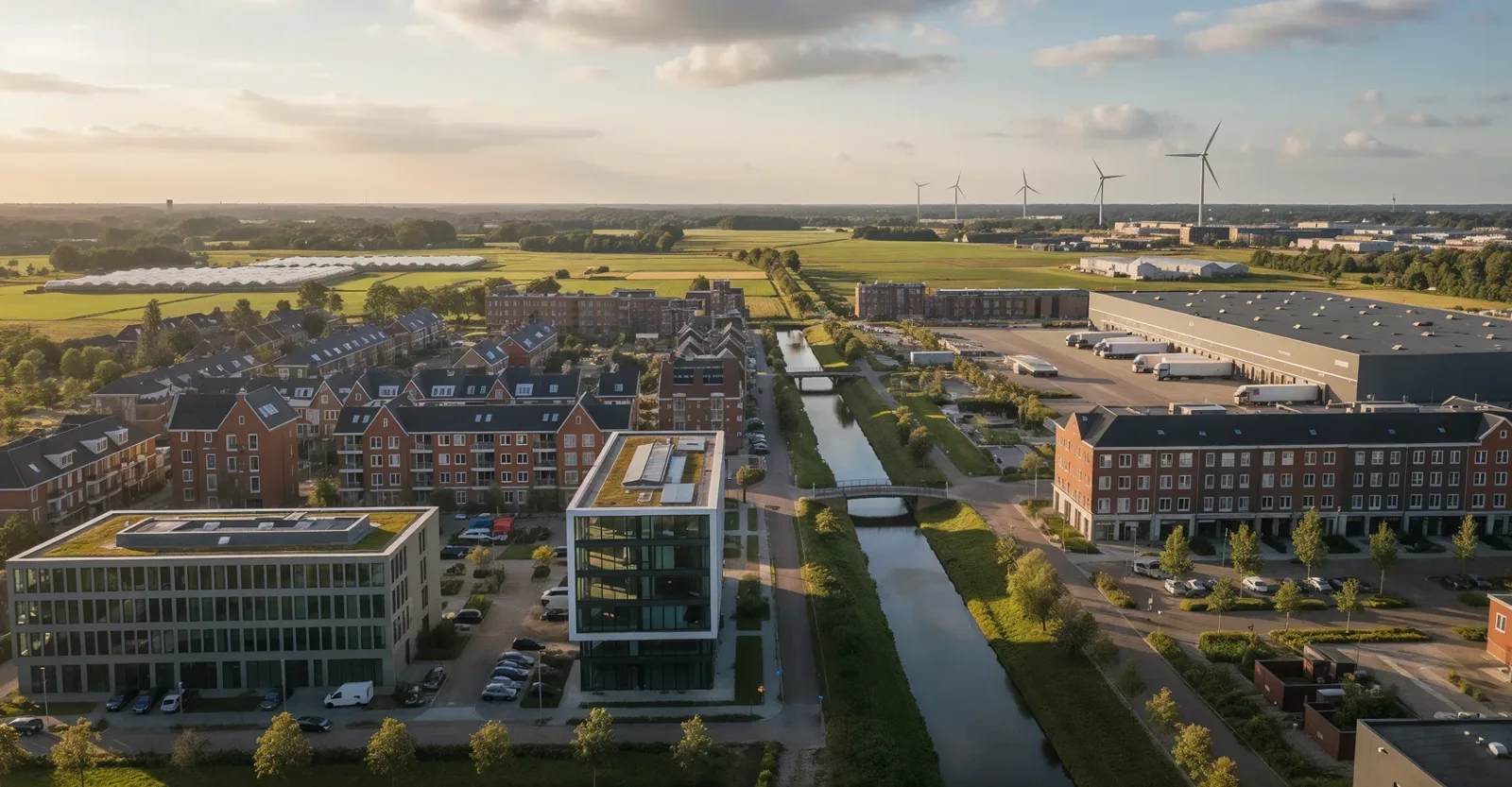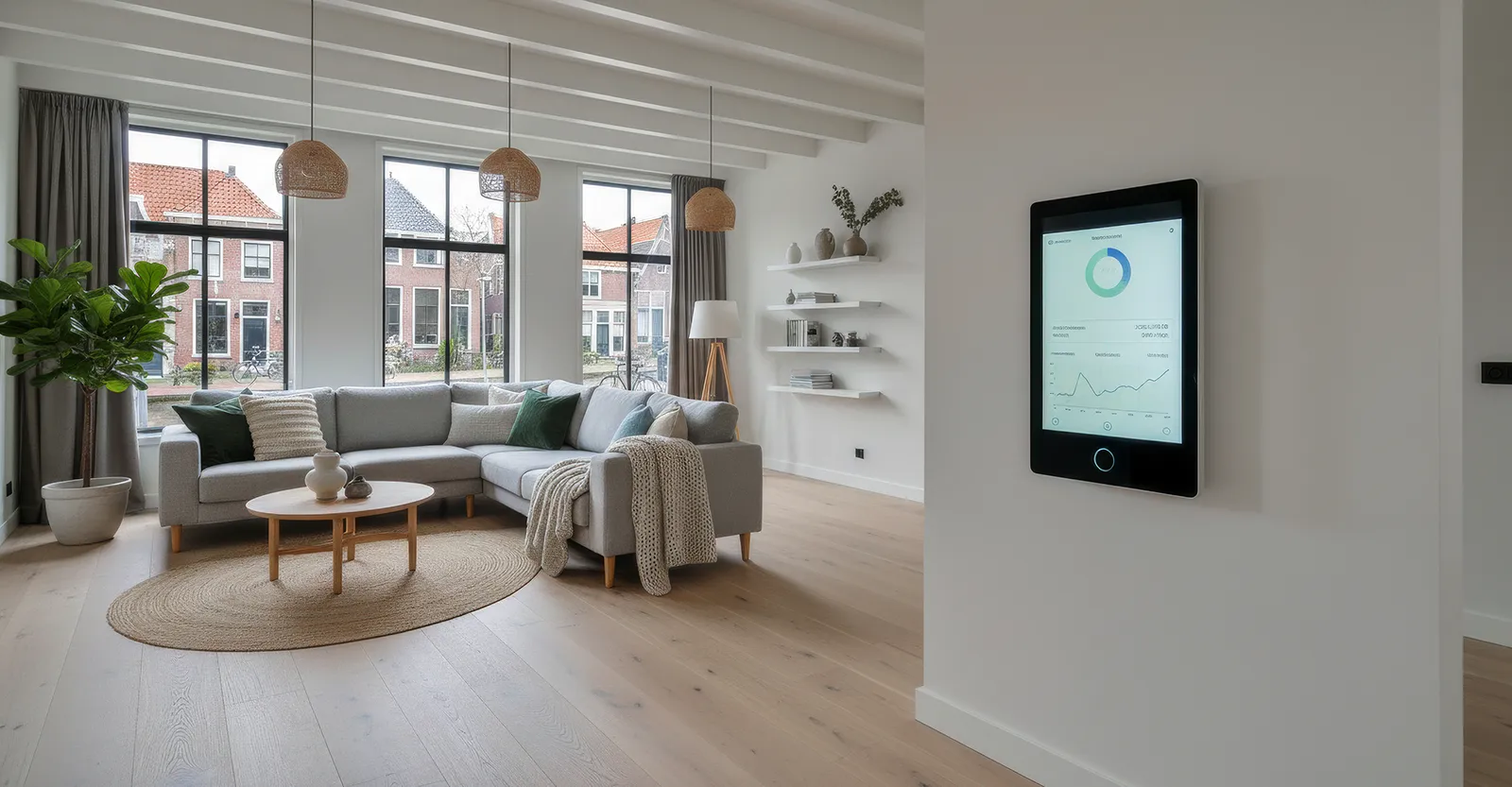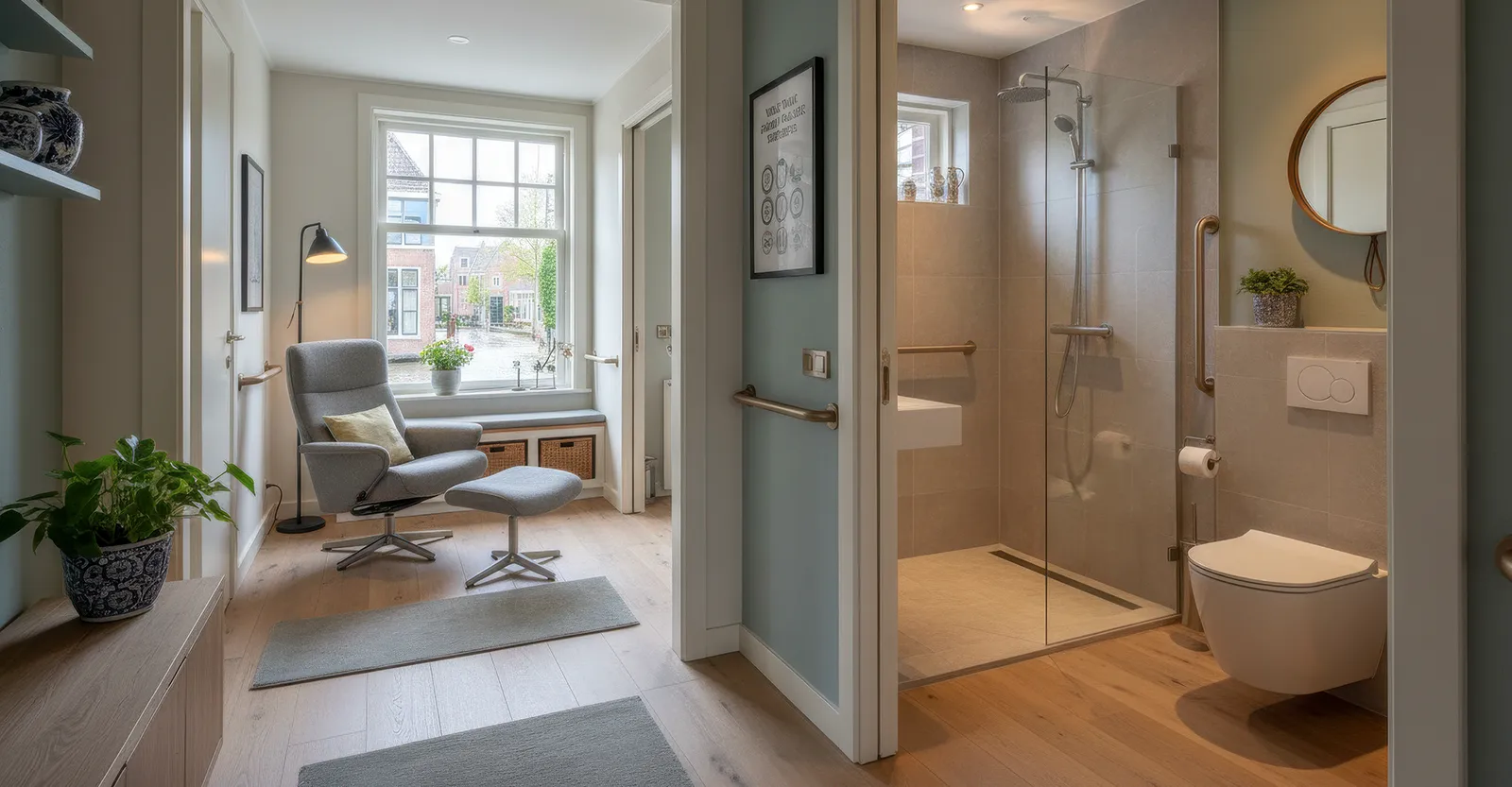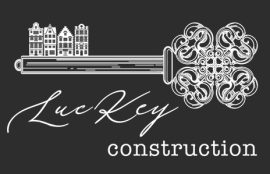Bathrooms in the Netherlands are evolving rapidly, moving away from stark minimalism toward richer textures, warmer tones, and intriguing design philosophies. As we approach 2025, Dutch homeowners are embracing more personal, expressive styles, from the imperfect beauty of Wabi Sabi to bold colour statements and luxurious metallic finishes. Here’s an exploration of the leading bathroom trends shaping Dutch interiors in the coming years.
Embracing Imperfection: The Wabi Sabi Bathroom Style
Derived from a traditional Japanese philosophy, Wabi Sabi celebrates imperfections and natural beauty. Increasingly popular in Dutch homes, this aesthetic is all about authenticity – think earthy tones like terracotta, beige, and sand, combined with raw materials like aged wood, natural stone, and handcrafted ceramics.
Homeowners find comfort in this design’s inherent simplicity and tranquillity. Unfinished edges, slightly uneven surfaces, and materials that age gracefully are intentionally chosen to reflect a lived-in warmth rather than sterile perfection.
Copper Fixtures: Warmth and Luxury
Matte black bathroom fittings have dominated for years, but copper taps and shower fixtures are quickly gaining popularity. With their warm glow and timeless charm, copper fixtures lend bathrooms a luxurious yet welcoming feel.
These metallic accents blend seamlessly with the Wabi Sabi ethos, complementing natural materials and organic textures. Copper’s natural patina over time enhances its charm, appealing to homeowners who value character and individuality in their interior choices.
Texture Takes Centre Stage: Tiles and Surfaces
Texture has become essential in Dutch bathroom designs, moving beyond simple flat tiles to surfaces with depth and character. Relief-patterned tiles and structured finishes on cabinetry offer tactile interest, elevating the sensory experience of the space.
Notably, travertine – a natural limestone characterised by its porous texture – is experiencing a significant revival. Large-format travertine tiles in shades of cream, beige, and brown lend bathrooms a luxurious, spa-like feel, particularly striking in open-plan layouts.
Coloured Sanitaryware: Bold Statements
A noticeable shift towards bold colours is emerging in bathroom designs. Dutch homeowners are moving beyond traditional white basins, opting instead for washbasins in deep greens, warm terracottas, and even playful pinks. These coloured fixtures serve as vibrant focal points, injecting personality and style into bathroom interiors.
This trend signifies a broader shift towards more expressive and personalised interior choices, breaking away from conventional monochrome palettes.
Sustainable and Smart Designs
Sustainability continues to significantly influence bathroom trends. Homeowners are incorporating eco-friendly features, such as water-saving faucets, energy-efficient lighting, and materials sourced from recycled or sustainably managed resources. Underfloor heating remains a popular choice, enhancing comfort while reducing overall energy consumption.
Smart technologies, from adjustable LED lighting to intelligent water systems, are becoming standard features, aligning modern convenience with responsible living.
Balancing Boldness and Serenity
Interestingly, despite the emergence of bold colours and textured materials, minimalist aesthetics inspired by Scandinavian and Japandi styles persist. The Dutch bathroom in 2025 beautifully balances these seemingly opposing forces, marrying vibrant personal expression with serene simplicity.
Making Small Spaces Work
Small bathrooms are common in Dutch homes, making clever storage solutions and space-enhancing designs crucial. Minimalist, wall-mounted fixtures, integrated storage cabinets, and light-reflective colours help even the most compact spaces feel airy and inviting.
Looking Ahead
As Dutch bathrooms evolve towards 2025, homeowners are presented with exciting choices – from embracing the rustic authenticity of Wabi Sabi to boldly experimenting with colours and textures. Ultimately, these trends highlight a growing appreciation for spaces that feel genuinely personal, thoughtfully designed, and richly inviting.

